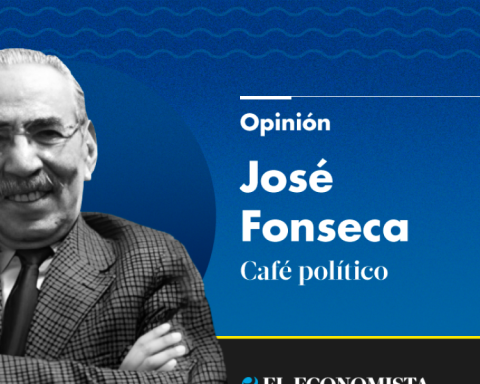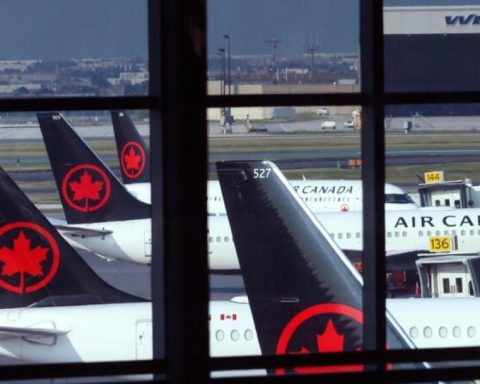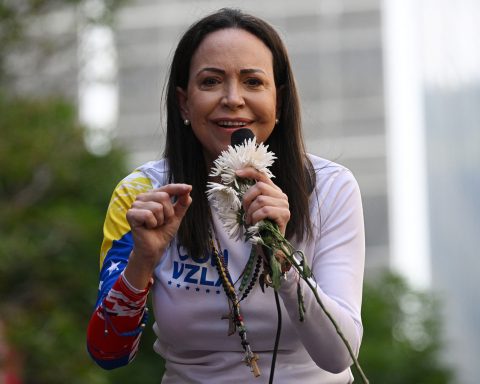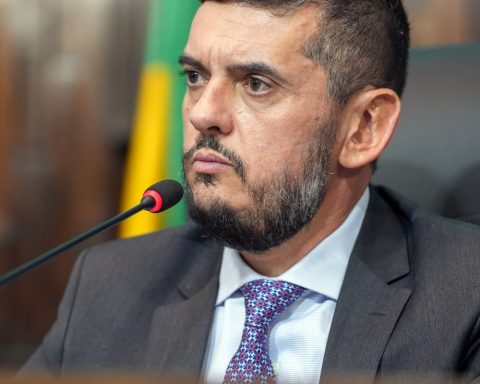Food rose 9.8% in the second month of the year, being the item with the greatest impact, according to the official report.
A probe conducted by Reuters among analysts estimated a price rise of 6.2% for February. Even the final result was above the maximum expected among the specialists.
The rise in prices in 2023 drags an increase of 13.1%
The INDEC had reported a price increase of 6% in January and a drag of 98.8% throughout 2022.
“Everyone leaves”
Argentines go to food markets in search of lower prices that allow them to avoid annual inflation of 102%, one of the highest rates in the world, which will affect the presidential elections in October.
“Yes, I found out that it is 100% annually and you can’t, you can’t. Let them all go like this. I’m tired of all this, of the politicians who fight and the people who starve. It doesn’t work anymore for more,” Patricia Quiroga, a neighbor looking for prices at a food fair in San Fernando, on the outskirts of Buenos Aires, told Reuters.
The annual inflation level revealed on Tuesday by the official statistics institute, INDEC, is the highest since the 115% recorded in September 1991.
High inflation, which ended at 95% in 2022 despite the Government’s efforts to limit it, has pushed a part of the population into poverty -over 40%-, in addition to generating moodiness and extra efforts among Argentines to reach at the end of the month.
“There is no money, people don’t have it and so how do they buy? The other days I came and said: ‘Give me 3 tangerines, 2 oranges, 2 bananas and half a kilo of tomatoes,'” said Irene Devita, 74, in a market.
“When he told me that it cost 650 pesos (3.25 dollars), I told him ‘take everything out and leave me the tomatoes because I don’t have any more money,'” he added, describing a situation that millions of Argentines experience daily.
Information from Reuters
















